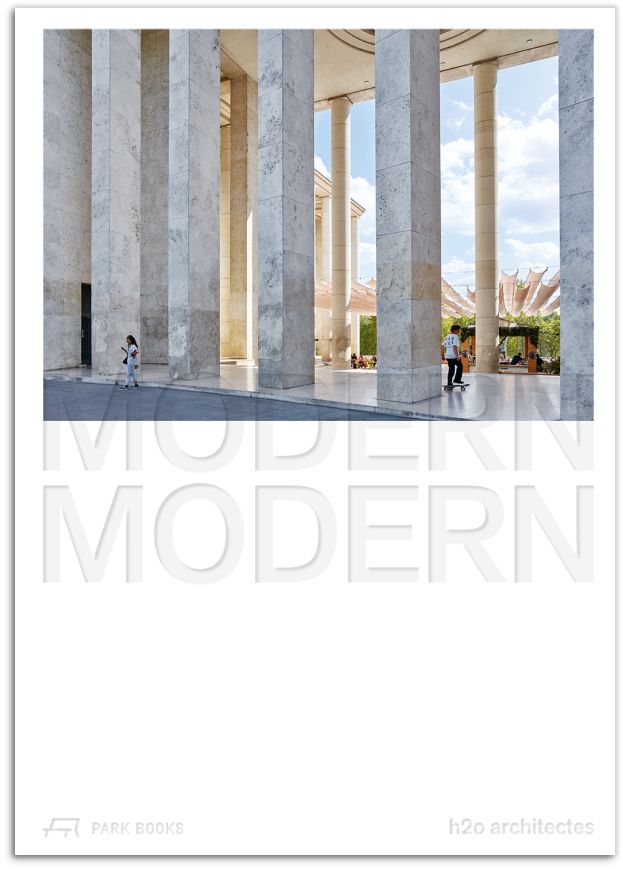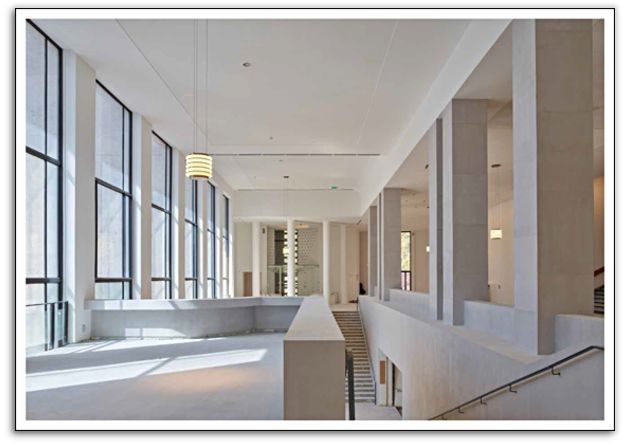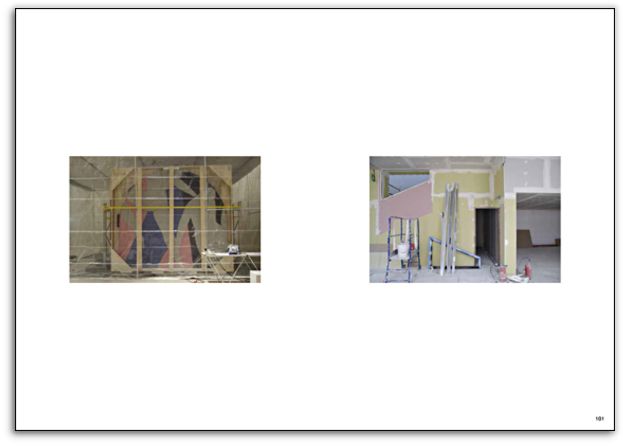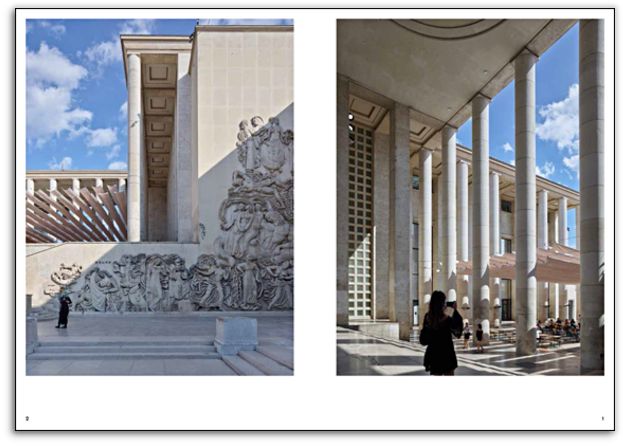Modern Modern
The Rehabilitation of the Musée d'Art Moderne de Paris by h2o architectes
A new house for modern and contemporary art in the structure of a Paris Art Deco icon
GVA Gemeinsame Verlagsauslieferung Göttingen
GmbH & Co. KG
P.O. Box 2021
37010 Göttingen
Germany
+49 551 384 200 0
info@gva-verlage.de
The Palais de Tokyo, built for the 1937 International Exhibition of Arts and Technology, is an icon of French Art Deco architecture. Located prominently on the northern bank of the Seine near the Eiffel Tower, the vast complex today is a landmark of modern and contemporary art in the French capital.
Opened as part of the 1937 International Exhibition, the Musée d'Art moderne de la Ville de Paris (MAM) has always had its home in the eastern wing of Palais de Tokyo. After a major refurbishment directed by Paris-based h2o architectes, in collaboration with design firm Studio GGSV, it has been re-inaugurated in October 2019. This book documents the creation of the new MAM. Alongside brief essays and a conversation with h2o architectes’ founding partners Jean-Jacques Hubert and Antoine Santiard, it features plans and visualizations as well as historic photographs. The construction process is illustrated through a photo essay by artist Laëtitia Badaut Haussmann and reportages by photographer Myr Muratet and architect-photographer Stéphane Chalmeau.







